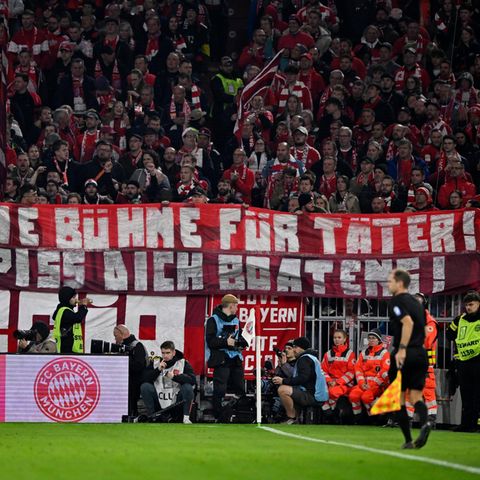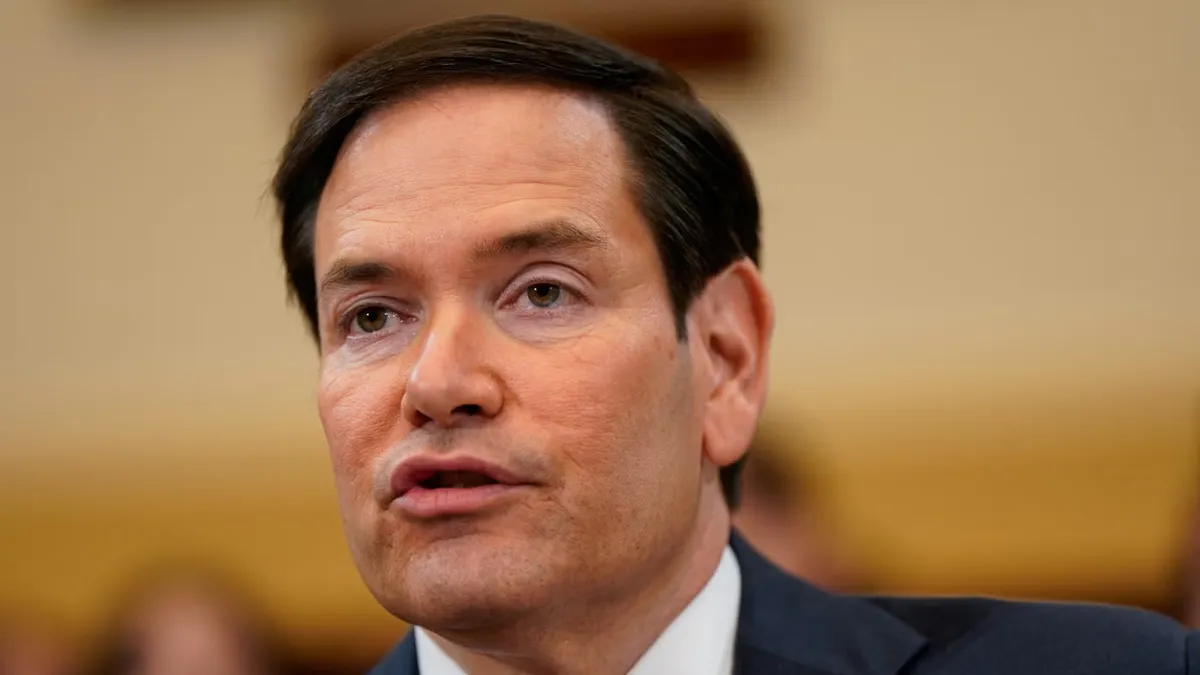The elected president, Javier Milei, He said that he hopes that the measures to be taken by the economic team that he will put in place after the change of Government will allow for an end to inflation within a period of 18 to 24 monthsbut he assured that the first part of his administration will be marked by a drop in economic activity and high levels of inflation that were already produced by the policies carried out in recent months and that act on the general price level with up to two years of lag. “There is going to be stagflation“said the incoming president.
What is stagflation?
Stagflation is a term coined to define macro situations in which economic activity stagnates or falls while inflation remains high.
As the director of NM Consultora explains, Natalia Motylin statements to Ambitstagflation is the sum of the inflation (when the prices of the things we buy rise) and the economic stagnationThat is, companies do not produce more things, more employment is not generated and people do not receive more money for their work.
This, according to the economist, means that “With their money, people do not buy more things because salaries do not grow and prices increase sharply”. Likewise, he warns that when there is stagflation it generates “less employment because companies do not grow”.
Motyl indicates that it is a phenomenon “difficult to fight” because monetary or fiscal policy to resolve the issue of inflation or stagnation are contrary to each other. For example, a fiscal policy that puts money in people’s pockets would encourage people to buy more goods or services, it would reverse the expectations of the people who produce them, so production would increase. “That would aim to reverse the stagnation, “but it would greatly aggravate inflation, since with the same production and more demand, prices will increase,” the analyst asserts.
What Motyl means is that measures to curb inflation, such as increasing interest rates or increasing tax pressure, usually decrease consumption, which in turn affects economic growth. On the other hand, initiatives to boost the economy, such as reducing interest rates or increasing public spending, They can generate an increase in prices and, therefore, inflation.
Stagflation: its causes
The causes of stagflation are usually found in mixed economies, where free market principles and government regulations coexist. Factors such as the establishment of a minimum wage, unemployment subsidies, fiscal and monetary interventions, among other measures, can cause the economy to behave in a divergent manner with respect to traditional economic theory, causing significant distortions.
Stagflation represents one of the most complex economic scenarios to address, since economic policies to get out of recession can harm the fight against inflation, and vice versa. This contradictory interaction between the objectives of economic stimulus and inflation control further complicates the resolution of this anomalous phenomenon.
In general, the economic policies used to combat stagflation focus on:
- Reduce inflation: This can be done by raising interest rates or reducing aggregate demand.
- Stimulate the economy: This can be done by reducing interest rates or increasing public spending.
It should be noted that there are those who believe that Argentina has been in stagflation for years, since inflation has remained at high levels and economic growth has been weak.
Source: Ambito




